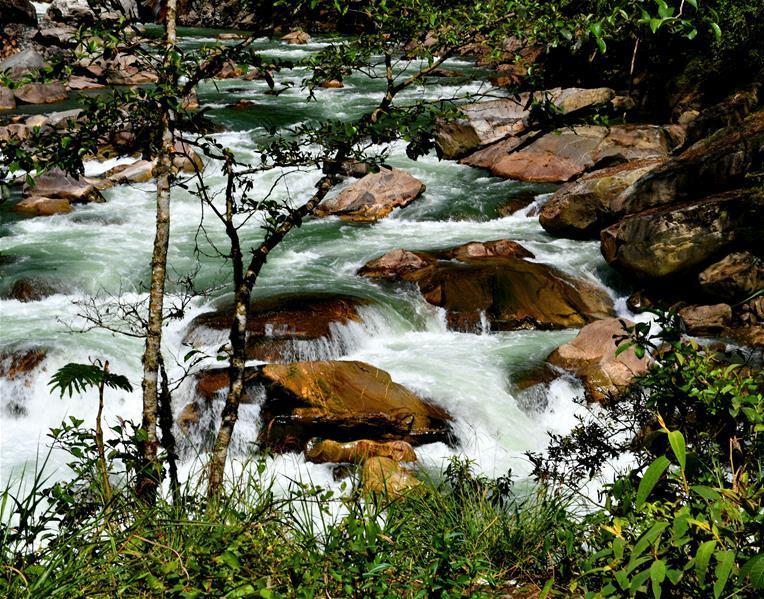Rise in number of otters indicates environmental progress in Yangtze headwater
The number of Eurasian otters in the Sanjiangyuan area of the Qinghai-Tibet Plateau is growing, reflecting ecological improvement in the source of China's major rivers, according to scientists.
Over 1,200 images and videos of otters have been captured by 19 infrared cameras in Gyegu township, Yushu Tibetan autonomous prefecture of Qinghai province since 2017, indicating their regular activity and the healthy condition of the rivers, according to Beijing-based Shanshui Conservation Center.
At the top of the food chain in freshwater areas, Eurasian otters consume a large quantity of fish and have high requirements for water quality and river environments. They were once hunted for their fur, resulting in the sharp decline of the species.
Sanjiangyuan in Qinghai province, home to the headwaters of the Yangtze, Yellow, and Lancang (Mekong) rivers, was designated a national nature reserve in 2005.
Thanks to intensified conservation efforts, the environment in the area has seen significant improvement with more frequent sightings of rare wild animals in recent years.
Researchers at the center studied the collected images and videos, and found that several wild animals, including white-lipped deer, yaks, leopard cats, were consuming the excrement of otters.
Previous studies discovered that land animals such as leopard cats, red foxes and alpine weasel tend to steal fish caught by otters for food and salt, which might be the same reason behind the consumption of the otter excrement, said Zhao Xiang, director of the Sanjiangyuan project at the center.
Your Comment
Name E-mailRelated News
-
-

-
Latest travel ban announced in Qinghai
These tourism areas with “no visitor” orders are extremely sensitive zones in the Qinghai eco-system. The increased visits have brought more damage to these sensitive eco-systems.
-







